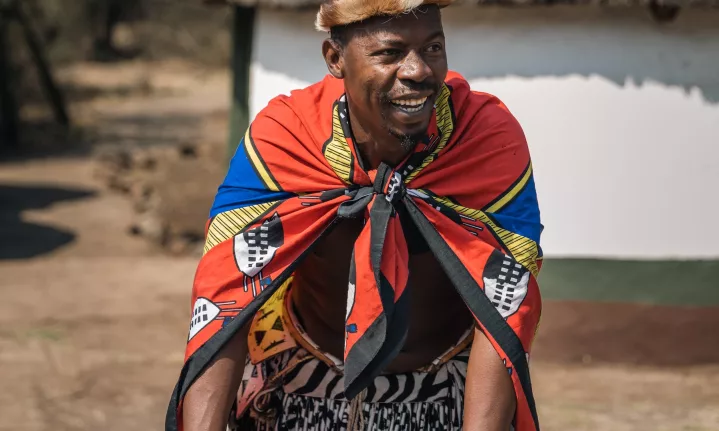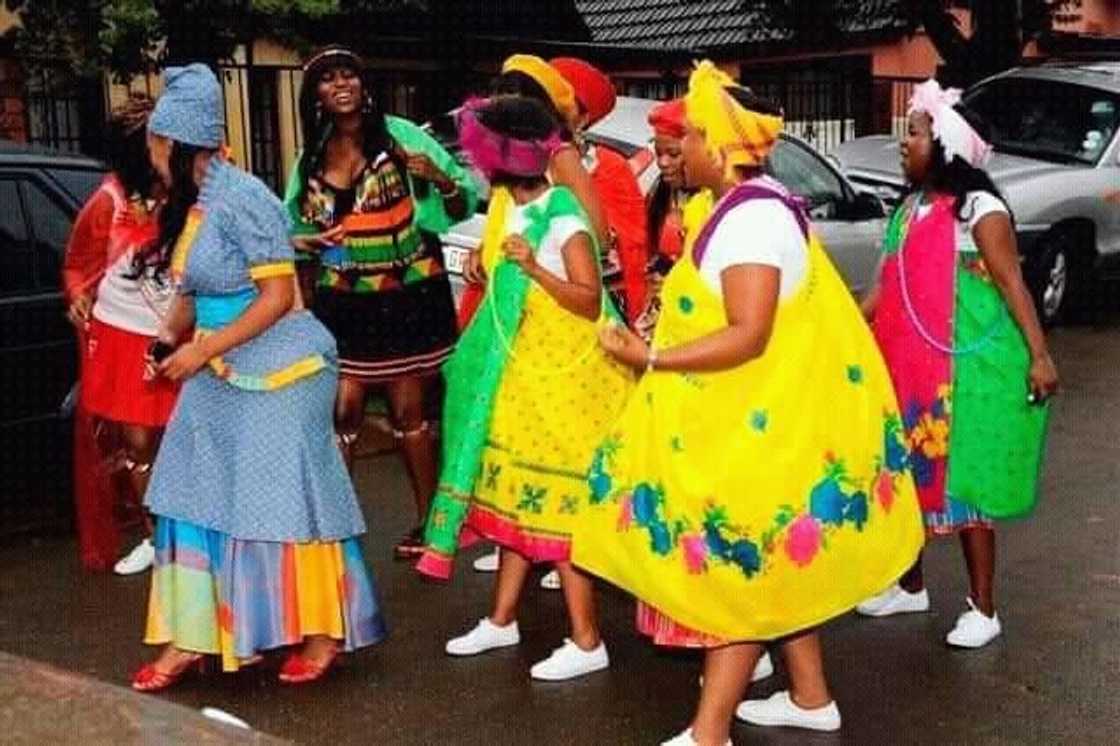The Single Strategy To Use For South African Culture Today
The Single Strategy To Use For South African Culture Today
Blog Article
All About South African Culture Today
Table of Contents10 Simple Techniques For South African Culture TodayGetting My South African Culture Today To WorkGetting My South African Culture Today To WorkThe Only Guide for South African Culture TodaySome Known Questions About South African Culture Today.Our South African Culture Today PDFs
An issue of value in Zambian villages is the passing away of enjoyed ones. All participants of the town placed money, time and initiative with each other for the interment of the deceased.Music and dance is a very vital facet of the Zambian culture. The different tribal systems have their own dance forms; however, makishi is usual among all tribes.
Rumored Buzz on South African Culture Today
When it involves songs, drums are utilized one of the most, with a range of drumming ceremonies. In Zambia, bulk of the individuals are Christian; Protestant and Roman Catholic. There are tiny teams of Muslims and Hindus, with the rest following local native tribal beliefs.

South African heritage and society is immensely varied, and contains several various teams of people that each have their very own customs and beliefs. Having such a diversity of people and cultures is what makes South Africa so distinct. In real feeling of the expression, we are a rainbow country.
South Africa has about 3 hundred thousand Portuguese individuals living in it. Making it the 7th on the list of countries with one of the most Portuguese individuals in it outside of Portugal. Portuguese is not just a culture, yet it is likewise a language and a race. Portuguese individuals stem from the country of Portugal in Europe, nevertheless, as a result of Portugal (like several other nations in Europe) checking out the globe and dominating various other countries throughout the 15th 20th centuries, South Africa has what we call Portuguese South African's living in it.
Some Known Facts About South African Culture Today.
Among the famous features of the topography is a plateau that covers nearly 2 thirds of the center of the nation. The plateau complex increases towards the southeast, where it culminates in the Drakensberg range, component of an escarpment that separates the plateau from the seaside areas. The Drakensburg includes Sparkling wine Castle, the greatest optimal in the country.
The area north of the Witwatersrand, called the bushveld, inclines downward from east to west towards the Limpopo River, which forms the worldwide border. The western section of the plateau, the middleveld, likewise comes down towards the west and varies in elevation between the highveld and bushveld. In between the Drakensburg and the eastern and southerly coast, the land comes down to the sea.
Nearer the coastline there is a low-lying plain called the eastern lowveld. Southwest of the plateau the country becomes gradually a lot more dry, paving the way to the stony desert of the Great Karroo, approached the eastern by the lower, better watered plateau of the Little Karroo. Dividing the completely dry southern interior from the sandy littoral of the southern coast and West Cape is another range, the Langeberg.
What Does South African Culture Today Do?
The nation's racially, ethnically, and politically divided history has actually created nationwide and subnational icons that still work as signs of the country, and others icons that are accepted only by particular groups. The monuments to white inhabitant conquest and political dominance, such as the Afrikaner Voortrekker ("leader") Monument in Pretoria and the Rhodes Monolith honoring the British colonial realm building contractor and Cape prime priest Cecil Rhodes, remain sectarian signs.
The first modern-day inhabitants were the San ("bushman") hunter-gatherers and the Khoi ("Hottentot") individuals, who herded animals (South African culture today). The San might have existed for hundreds of years and left proof of their presence in countless old cave paintings ("rock art"). Bantu-speaking clans that were the forefathers of the Nguni (today's amaZulu, amaXhosa, amaSwazi, and vaTsonga individuals) and Tswana-Sotho language groups (today's Batswana and Southern and Northern Basotho) migrated below eastern Africa as early as the fifteenth century

Both former republics of the Orange Free State and Transvaal (South African Republic) were established by Afrikaner settlers who beat and dispossessed the Basotho and Batswana. Lesotho would certainly have been by force included into the Orange Free State without the extension of British protection in 1869. The supreme marriage of the nation resulted from the South African Battle (18991902) between the British and the two Afrikaner republics, which lowered the country to mess up at the start of the twentieth century.
Afrikaners traditionally considered themselves the just real South Africans and, while approving full citizenship to all locals of European descent, denied that status to people of shade till the democratic transition of 1994. British South Africans maintain a feeling of social and social link to Great Britain without official source weakening their identity as South Africans.
South African Culture Today Things To Know Before You Get This
The variety and fragmentation within ethnic collections and the equilibrium of tensions between those groups throughout the twentieth century stopped interethnic civil conflict. While intergroup stress over resources, privileges, and political prominence stay, those conflicts are as likely to match Zulu against Zulu as Zulu versus Xhosa or African against Afrikaner.
From colonial India, British sellers and administrators brought the bent metal decorative roof coverings and slender shoelace job columns that still represent the verandas of cottages in the areas and cities throughout the country. Residences of prayer add a crucial building aspect even in the tiniest communities. Along with the rising steeples and traditional stonework of Afrikaans Dutch Reformed churches, Anglican churches, synagogues, mosques, and Hindu temples offer variety to the religious architectural scene.

Slaughtering and the brewing of conventional grain beer are essential in securing the participation and a good reputation of the forefathers that are taken into consideration the guardians of good luck, prosperity, and health. Indian areas keep their indigenous culinary traditions and use them on Islamic and Hindu routine and ritualistic events. Afrikaners and Coloured people gather at weekend breaks and unique events at multifamily barbecues called braais, where community bonds are strengthened.
Due to the fact that this was the key financial business of both black Africans and white colonists, dispute in between those teams fixated the ownership of grazing land and livestock. In 1867, the largest diamond deposits on the planet were uncovered at Kimberley in the west central area. The wealth from those areas assisted finance the exploitation of the best gold reef on the planet, which was uncovered on the Witwatersrand in 1886.
Little Known Facts About South African Culture Today.
This led to misconceptions and intentional misrepresentation in the dealings of white settlers and federal government authorities with African chiefs throughout the early american period (South African culture today). In the establishment of African books, some elements of communal and chiefly "tribal trust" land tenure were preserved, and also in white rural locations, find more information forms of common tenure were still practiced in locations with African areas
After the democratic makeover of 1994, programs for land restitution, redistribution, and reform article were set up, but progress has actually been slow-moving. The white minority still manages eighty percent of the land. Following farming land invasions in Zimbabwe, the Department of Land Affairs has vowed to speed land redistribution.
Report this page